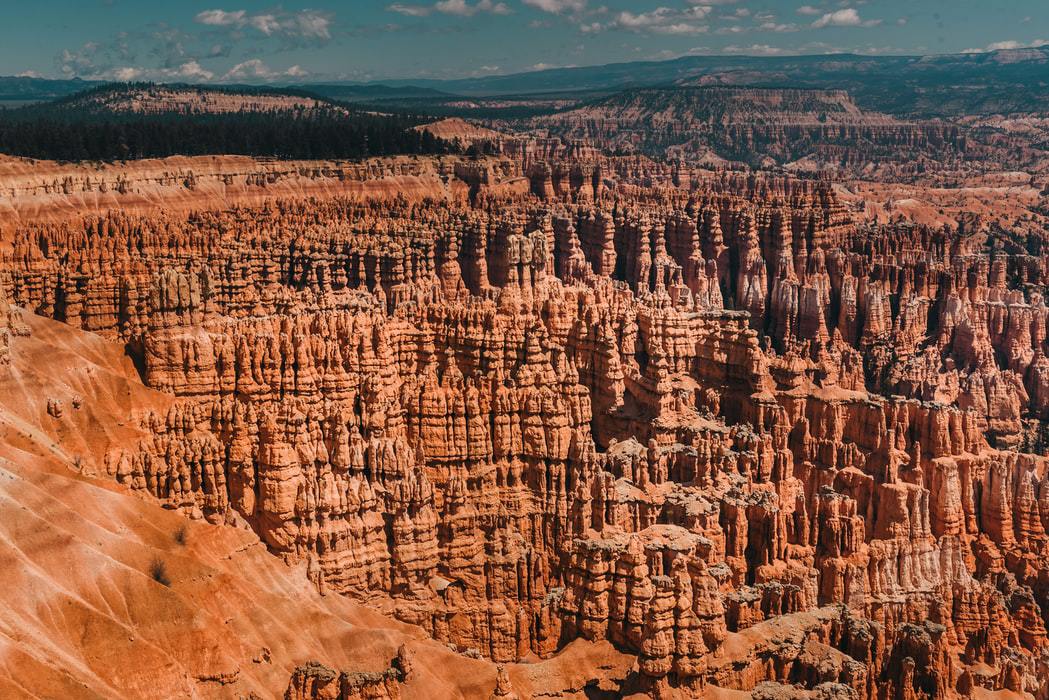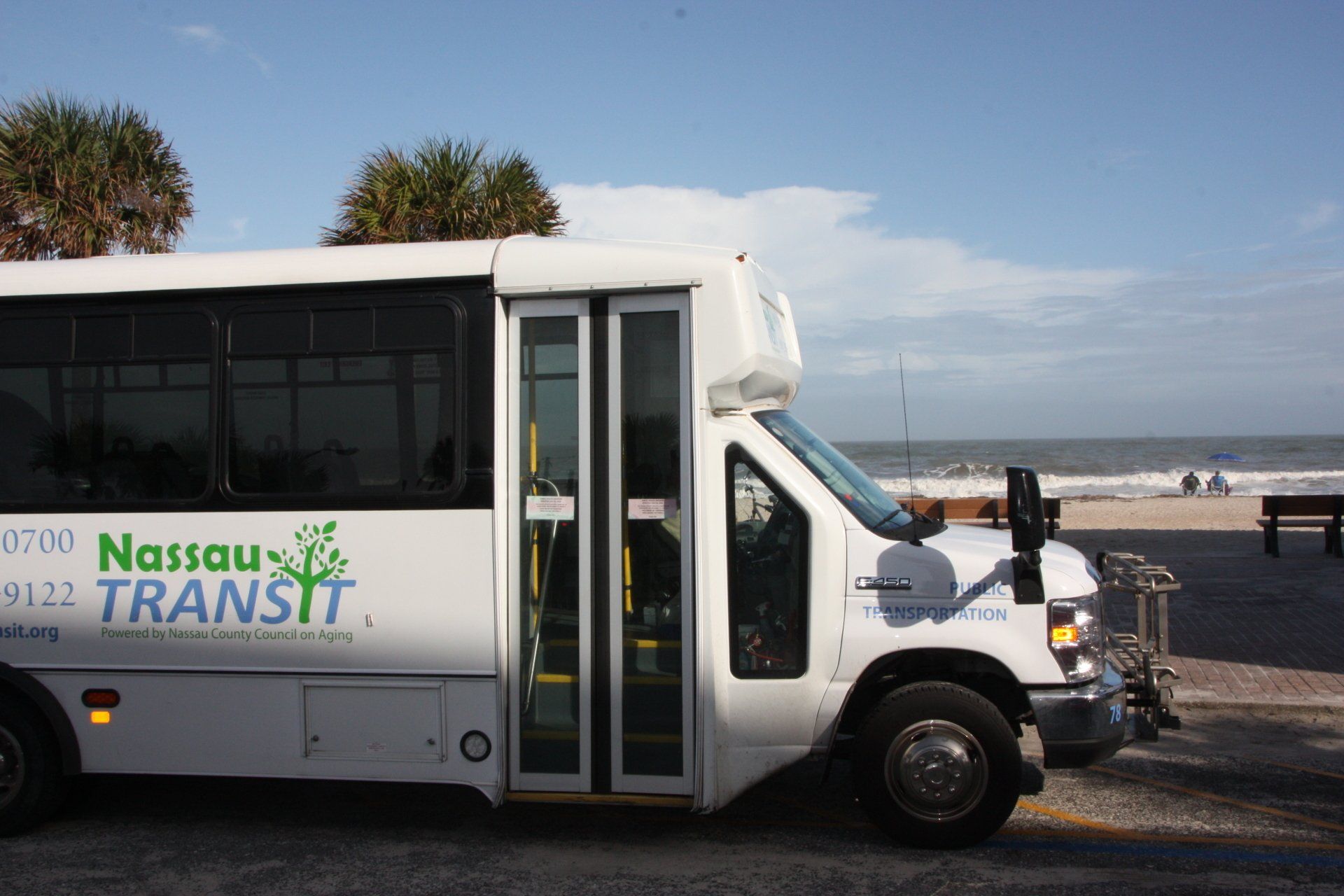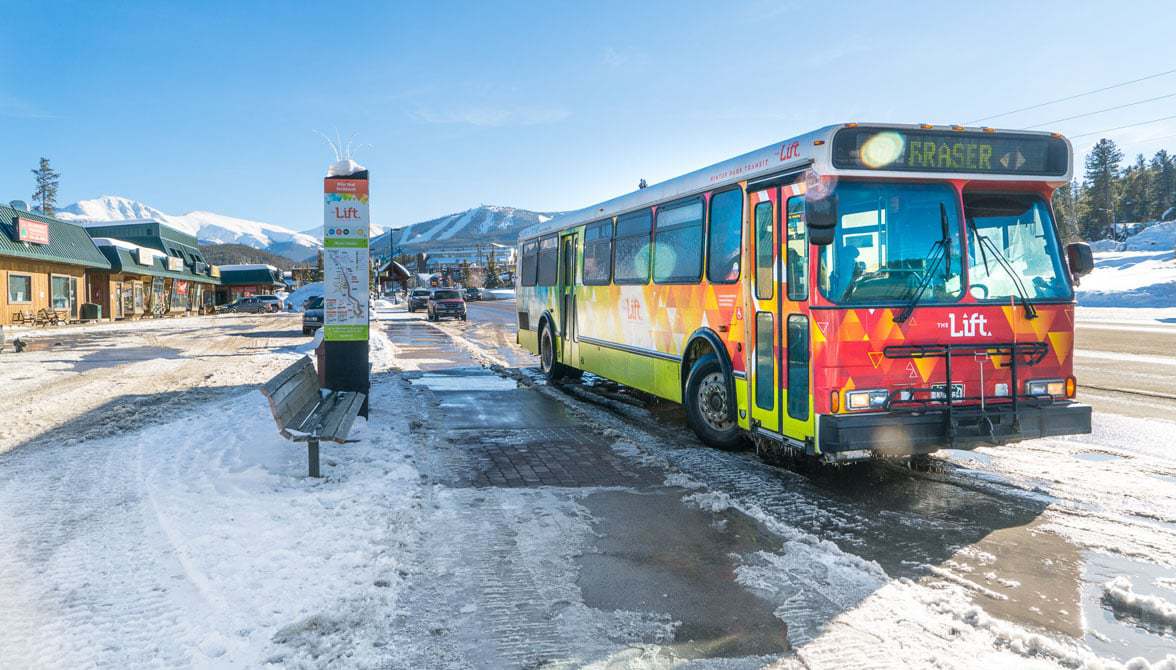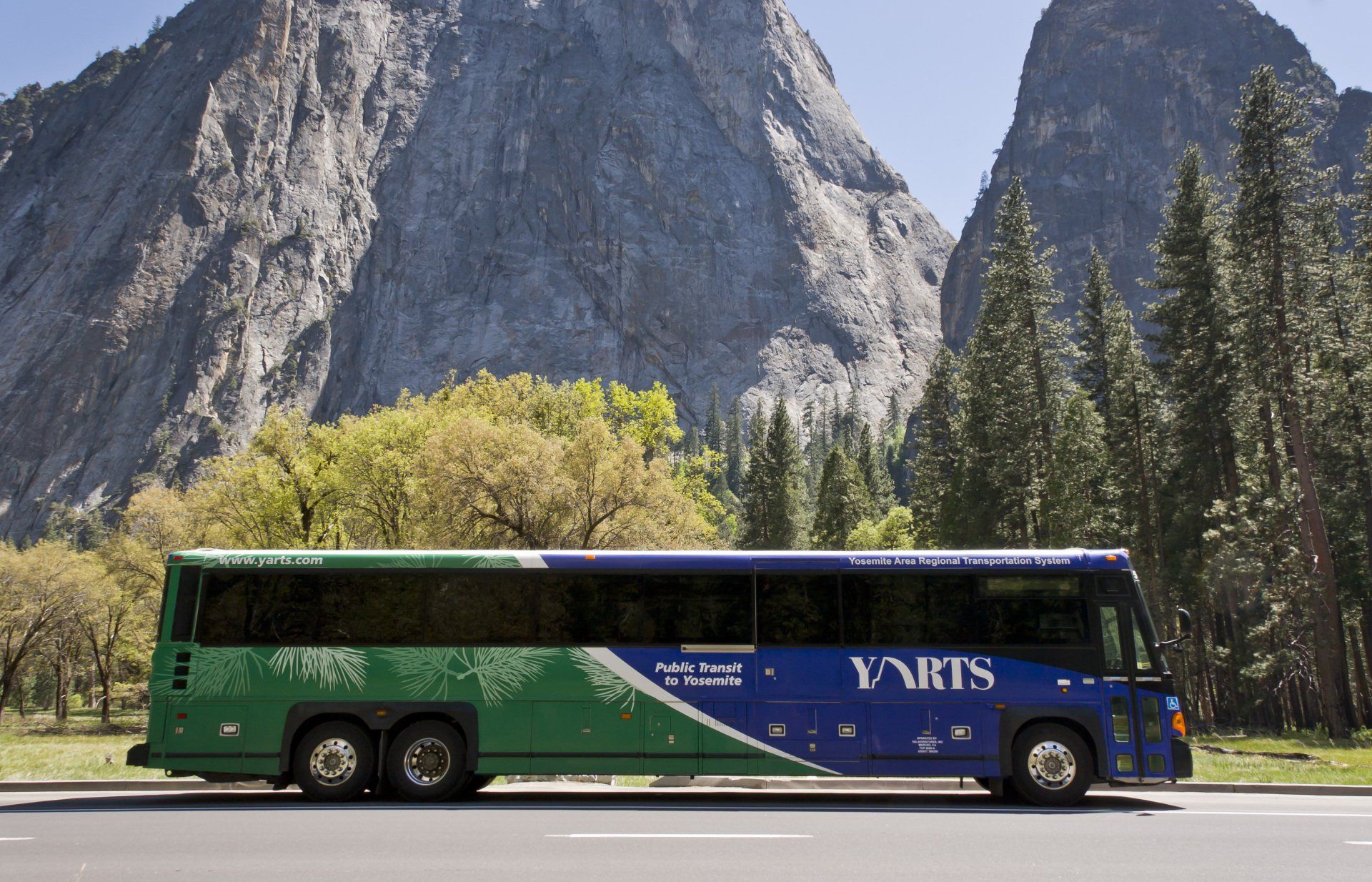Background
When the Transportation Research Board (TRB) Task Force on Transportation Needs for National Parks and Public Lands published their special report on Transportation, National Parks, & Public Lands in 2004, our National Park System included 388 sites covering more than 84 million, hosting 300 million visitors annually. The task force also found that the National Wildlife Refuge System attracts 39 million annual visitors to 570 refuges and wetlands totaling 96 million acres. In 2020, the NPF listed 421 national park sites in the United States and its territories. National Park Service (NPS) publishes an annual National Transit Inventory and Performance Report. The most recent data shows that in 2019, 95 transit systems boarded 45.9 million passengers to transport them to 60 national parks. These sites include preserves, scenic trails, recreation areas, and historic sites. In addition to national parks, nearly every town has its own scenic areas that both residents and visitors can enjoy, from arboretums to zoos.
How many people have packed their picnic baskets, dressed for the weather, and hopped in the car, only to find that their best-laid plans were thwarted as soon as they saw the “Parking Lot Full” sign? Or perhaps they don’t have a car and just wish they could spend a day at the mountains or the pond. That is where transit agencies can step in and fill a gap to improve the quality of life for those in the communities they serve.
Benefits
The benefits of providing transportation to scenic and leisure destinations are many:
- Lessening traffic congestion
- Noise reduction
- Improving air quality and the long-term environment, including wildlife and nature conservation
- Enriching the economy of a region
- Decreasing social isolation
- Reaching a broader demographic, such as the younger generation who may not own cars
- Providing opportunities for people with disabilities and low-incomes to access leisure spaces
- Contributing to positive impacts on the health of the public
- Forging community involvement
- Providing opportunities for families and friends to safely enjoy their journeys to scenic destinations
Unique Challenges
Due to the “nature of nature,” there are a number of issues that transit managers should plan for:
- Unfortunately, extreme weather can create crises in natural habitats. Forests are prone to forest fires, coastal areas can experience severe flooding, mountains can become encased in ice and snow, etc. Develop a strong emergency management plan and work together with local and state emergency management organizations.
- Just as people want to walk around in scenic outdoor spaces, so do animals. Wildlife can damage buses and it is not unheard of for traffic to stop because of a “bear jam.” Develop a plan to lessen the risk of incidents, as well as a plan for vehicle and facility maintenance due to unplanned animal visits.
- Capacity is always an issue with transit, particularly with ADA paratransit service. Riders may have to wait for the next bus, which can put a damper on their itinerary for the day. Use a data-driven methodology to plan how many vehicles and routes are needed for beach-goers, hikers, campers, etc., by hours in the day, days of the week, and by season. Keep in mind the capacity of the destination as well. When the transit service is really successful, destination facility staff may find it hard to manage an influx of visitors all at once. The transit service should work with the venue to determine how many visitors there can be at any given time.
- Even in rural areas, there are often homeowners who choose to live on or near lakes, parks, beaches, etc. Be a good neighbor and plan bus stops and routes away from those homes, if possible, so that a tide of visitors does not impose on local residents’ property.
- Adequate funding is paramount to be able to provide reliable and safe transit service. Agencies providing transportation to scenic destinations need consistent revenue to keep up with the cost of providing service.
Funding
The Paul S. Sarbanes Transit in Parks Program (Section 5320) provided funding from 2006-2013 for transportation systems, which included bus transportation. The grant program was administered by the U.S. Department of Transportation (U.S. DOT), Department of the Interior and U.S. Forest Service.
Federal Highway Administration’s (FHWA) Federal Lands Transportation Program (FLTP) was established under the Moving Ahead for Progress in the 21st Century Act (MAP-21) and continued under the Fixing America’s Surface Transportation Act (FAST) to improve the transportation infrastructure owned and maintained by various federal agencies with land and natural resource management responsibilities, such as the National Parks Service. This program expanded the work of the Federal Lands Highways Program, which was initiated under the Surface Transportation Assistance Act in 1983. The FLTP funds capital, operations, and maintenance of transit facilities and transportation projects that are on the public network that provides access to or through federal lands. FHWA’s Federal Lands Access Program (FLAP) provides funding to supplement state and local resources for transit systems and transportation facilities, with an emphasis on high-use recreation sites and economic generators. FHWA and NPS also administer the Federal Lands Planning Program (FLPP), which provides planning support services for transit planning, long-range transportation planning, performance management, sustainable transportation, and other planning needs. Additional FHWA resource include the Congestion Mitigation and Air Quality (CMAQ) Improvement Program funding, the Nationally Significant Federal Lands and Tribal Projects Program (NSFLTP), and the Surface Transportation Block Grant Program (STBG).
Federal Transit Administration (FTA) provides funding for transit that can be used for capital, planning, and operating assistance, including:
- Formula Grants for Rural Areas - Section 5311
- Enhanced Mobility of Seniors & Individuals with Disabilities - Section 5310
- Tribal Transit Formula Grants - Section 5311(c)(1)(B)
The National Park Service (NPS) funds transportation to national parks through cooperative agreements, service agreements, concession contracts, and NPS owned and operated models. commercial use agreements and cooperative agreements. For example, Alger Transit Authority (ALTRAN), a transit authority located in Munising, Michigan, has a partnership with NPS, paid for entirely by user fees, where the buses transport hikers to predetermined destinations.
Safe Routes to Parks Activating Communities is a Safe Routes Partnership program that provides annual funding to communities to increase safe and equitable access to their parks and green spaces.
Other opportunities for funding include in-kind match, grants from foundations, transit authority funding, funding from other organization, tour fees, and donations. The following case studies describe how three transit agencies have leveraged available federal, state, local, and private funding to develop and manage innovative transportation solutions to scenic destinations across the country.
A Day at the Beach Case Study: Nassau Transit
For service beyond Nassau County, the agency provides scheduled county-wide transit service to and from downtown Jacksonville. In partnership with the Jacksonville Transportation Authority, Nassau Express Select is an express commuter transit service targeted for passengers who work in Jacksonville (Duval County). Passengers don’t have to use it for commuting; they can take it for any purpose. There are also regional connections to the transit systems in four more counties in Northeast Florida, as well as with Jacksonville International Airport. “All of our regional systems, some rural and some urban, collaborate closely and our schedules are well-coordinated,” explains Hays.
All of NassauTRANSIT’s flex services are only $1.00 per boarding with no charge for transfers. Passengers can also purchase multiple rides in advance with discounted prices using the NassPASS®. The fare for the regional Nassau Express Select commuter service is $3.00 per ride, and discounted 1-day and 30-day passes are available. The agency also provides paratransit service from 4:00 AM to 7:00 PM Monday-Friday.
NassauTRANSIT has been providing area transportation since 1984 when Nassau County Council on Aging, the agency’s “parent” company, began paratransit service by taking local seniors to the senior center. Public transit service started in 2011 and ridership has grown to almost 11,000 trips per year including the Island Hopper.
Transit operations and facilities are funded through several state and federal sources, in addition to funds from the Nassau County Board of County Commissioners, the City of Fernandina Beach, and donations from local organizations and private donors. “We serve a rural county where people often just come in the door, tell us they appreciate what we do, and donate a few dollars over the counter,” explains Hays. They also have a Bus Sponsorship Program where local businesses can support a particular bus route.
The agency gives back to the community too and participates in the Transportation Disadvantaged Local Coordinating Board. NassauTRANSIT’s Public Transportation Partner program provides bus vouchers to clients of the Salvation Army Hope House, Barnabas Center, Baptist Medical Center Nassau, Family Support Services of North Florida and other organizations. The vouchers, purchased by these transportation partners and issued to their clients, cover the fares for both public transit and paratransit rides. NassauTRANSIT also transports students to the McArthur Family YMCA's After School Program and to Project Search, a post-secondary school job-skills program operated by Nassau County Schools District.
NassauTRANSIT’s biggest single engagement in public transportation is for the Isle of Eight Flags Shrimp Festival held each May. Here thousands of visitors come from around the world to Fernandina Beach for three days and evenings of outdoor fun and to celebrate the city’s history as the birthplace of the shrimping industry. The attraction of Amelia Island is much more than the beaches. Throughout the year, residents from across Nassau and the nation use NassauTRANSIT to visit the Greenway, the historic district, art museums, and much more. All of the agency’s vehicles are equipped with wheelchair lifts or ramps and many have bike racks allowing cyclists to ride to their ultimate destinations.
“Rural public transit is the most challenging and frustrating, and yet rewarding and gratifying work I’ve ever done. There’s just nothing else like it,” exclaims Hays.
Leisure for All Seasons Case Study: The Lift, Winter Park Colorado
The Town of Winter Park voters passed a 2% sales tax in November 2015, specifically for the purpose of funding public transit. Within two weeks of Koch’s appointment as transit manager, he purchased a fleet of used Denver RTD buses at an auction and was able to establish the first public bus transportation in the area. Their ridership was over 20K during their first summer. While the Winter Park Resort had already been offering free shuttles to area leisure activities, the new Lift buses were ADA accessible, which opened up transportation for persons with disabilities. Winter Park is also home to the National Sports Center for the Disabled, which hosts the Paralympics and provides training space during the Olympics.
Koch didn’t stop there. He launched an RFP to design and brand the new transit service so it would be ready to roll out before the next ski season. Transit management wanted the community to create branding that would work for Winter Park, so they asked for ideas and input right at the beginning and had the community members decide on the final designs. The branding chosen was a colorful array of graphic mountain-like shapes echoing the seasonality and geography of the region.
The agency formed a transit advisory committee of elected officials that meets frequently – twice a month. Annual public meetings are also a way for the community to provide ongoing input for the service.
Five years, later, The Lift operates eight fixed routes in the winter (two routes in the other seasons), paratransit, and commuter services that transport passengers to different areas and activities within Winter Park and the neighboring towns of Granby and Fraser. Their fixed route service operates from 7:00 AM to 2:00 AM (yes, in the early morning), 7 days a week, 365 days a year. Passengers can take The Lift directly to and from where they live or stay to the area resort, ski trails, recreation center, bowling alley, movie theater, family event center, mini-golf, and indoor and outdoor concerts. There are two levels of paratransit eligibility – resident (if someone lives in Winter Park at least 45 days of the year) and non-resident. The entire system is fare-free. The Lift receives its operating funding from Federal Transit Administration (FTA) Section 5311 Formula Grants for Rural Areas, Colorado Department of Transportation (CDOT) State grants, local tax dollars, Intergovernmental Agreements, and recently received $12 million dollars from the FTA 5339 Capital Bus & Bus Facilities grant program to constructing a new transit storage, maintenance, and administration facility.
To make traveling excursion-friendly, all Lift buses are equipped with bike racks, and bikes, skis, poles, and snowboards are allowed on the bus. There is also a Lift Rider app that provides cell phone access to map tracking and route visibility.
The agency has also worked with other transportation providers to coordinate transportation for visitors flying into the Denver International Airport, using the Amtrak California Zephyr, and taking the Winter Park Resort ski train (Winter Park Express). They’re planning for new connections to the Bustang Outrider this upcoming winter and recently completed a new transit center in Winter Park. They also work with the local Chamber of Commerce and agencies that help persons with disabilities and low-incomes, so those populations are informed about the service. The Winter Park Resort, where many passengers pick up the bus, built a large sign with information about the service and provides friendly Visitor Ambassadors to help people get on the right bus. Online trip planning is also available on The Lift website.
“Our community truly makes our transit program what it is,” says transit manager Ivy Compton. “It is designed by and with the people we live and work with.”
Your Ticket to the Park Case Study: Yosemite Area Regional Transportation System (YARTS) Public Transit Bus Service to Yosemite National Park
YARTS has stops at Merced Regional Airport and Fresno Yosemite International Airport and connects with passengers traveling by Amtrak and Greyhound in both Merced and Fresno. Along the way to the park, YARTS stops at designated park and ride lots, campgrounds, and RV parks (an interactive map on the YARTS web site shows icons for all the RV parks). Travelers who want to take a journey around the park can take the bus routes along all four corridors in about 3-4 hours. Yosemite National Park also operates free fixed-route shuttle buses to take passengers throughout the valley region. (Note, at the time of this writing, the shuttles have not been operating due to COVID-19). Bicycle rentals are available in the summer months in Yosemite Valley and are a good way to experience the sights and take in the fresh air.
Fares can be purchased online through the YARTS web site where reservations are available. For walk-on service, fares can be paid on the bus through credit card or cash. Fares start at $2.50 one way and are priced depending on trip length, with a maximum cost reaching $38 for a roundtrip from Merced and $52 from Mammoth Lakes. Whether you are booked on the shortest one-way trip, or the longest roundtrip, taking YARTS into the Park means visitors do not need to pay the park entrance fee. A round trip can be booked through a single transaction. There are reduced fares for seniors, veterans, and persons with disabilities. Fares for children are free or reduced, depending on the child’s age. Residents who live in Merced or Mariposa Counties can also ride the Highway 140 corridor for free with a grant currently available for YARTS.
YARTS buses were designed with comfort in mind. The 17 over-the-road, 45-foot coaches are air-conditioned, have restrooms and sanitation stations, and include ample on-deck storage for strollers, backpacks, bicycles (2 bikes per bus), and luggage. Their operators, including some who have been with the agency since its inception, are welcoming, friendly, and extremely knowledgeable about park features and amenities.
The area and the Park are among the transportation agency’s biggest fans. Yosemite Mariposa County Tourism Bureau promotes YARTS with a “Benefits of YARTS” web page and Yosemite National Park has a web page entitled “Ride the YARTS Bus to Yosemite National Park.” Another collaborative benefit is that the entrance fee to Yosemite is included in the YARTS bus fare. The State Highway 140 YARTS route has connections to Amtrak and Greyhound. Chavez points out the benefits of coordinating with intercity service. “You can buy your train ticket through Amtrak, to get to a YARTS bus stop,” says Chavez, “and through-way fare for the connection to YARTS and the Park is included in that one ticket.” Other YARTS connections include Boutique Air, Merced County transit service (The Bus), University of California Merced transportation (CatTracks), Mariposa County Transportation (Mari-Go, with curb-to-curb service), Fresno Area Express (FAX), Clovis Transit, Fresno County Rural Transit Agency, Madera County Transit, and Eastern Sierra Transit Agency (ESTA). The agency has also initiated perks with local eateries, where passengers can show their boarding passes and receive discounts on their meals.
The transit agency is known for its innovations. YARTS was the first public transportation agency in the country to use three-point seat belts that can be used for baby car seats. Recently, YARTS initiated a Low Carbon Transit Operations Program (LCTOP) for Mariposa and Merced Counties. Although Chavez has only been leading YARTS for a year, she is planning for a successful future including better connections and a fleet of battery over-the-road electric vehicles.
YARTS is a California Joint Powers Authority comprised of Merced, Mariposa, and Mono Counties in partnership with Caltrans, Federal Highway Administration, National Park Service, and the U.S. Forest Service. The Merced County Association of Governments provides staff services and operational support for YARTS. Caltrans provides Section 5311, Formula Grants for Rural Areas funding.
Best Practices and Guidance
Here are some tips for getting started or improving your existing services to scenic destinations:
- Go fare-free or low-fare: Utilize all available funding options to offer passengers a free or low-cost ride. If the service charges fares, offer discounts for frequent riders and special populations.
- Take them where they need to go: While it’s great to drop hikers off at the main entrance to a park, see if there are opportunities to provide additional drop-off and pick-up points, and possibly even shuttle service within the park.
- Coordinate: Partner and collaborate with as many groups and organizations as you can, including, but not limited to tourism and recreation agencies, Area Associations on Aging (AAAs), public libraries, schools and universities, hotels, independent and assisted living communities, Chambers of Commerce, and local businesses. The first place to start is the destination itself. If you’re providing transportation to parks, develop a relationship with park management and staff to collaboratively define the problem and address common goals. Also, coordinate with other forms of transportation – since tourists may be entering the region by air, boat, or rail, transit hubs can connect them from the airport or station to the park and back again. Last but not least, involve members of the community from all different walks of life (passengers and future passengers) in planning efforts.
- Embrace technology: Use technologies like online trip planners, One-Call-One-Click applications, and touchless fare payment to make it easier for passengers to use the transit service. Alternative fuels, such as battery-electric buses, can make a big difference to our environment. For example, 62% of NPS vehicles use alternative fuels, and the net CO2 emissions savings of 675 transit vehicles evaluated was equivalent to removing 18,307 tons of CO2 in the environment.
- Carry the gear: Skiers have bulky skis and poles, cyclists have bikes, picnickers have large containers for food, etc. Families may hike with strollers for youngsters and carry huge backpacks filled with blankets, water, and snacks. Welcome passengers and their gear with overhead, under-the-bus, external rack, and other storage options.
- Make special events more special: If an outdoor concert, festival, or other community event is planned at a destination along a transit system route (or even if it’s not ordinarily a stop), consider adding more frequent service.
- Market the service: Create bus wraps and bus interior and station signage that showcase the beauty of the region. Transit agency brochures, websites, and social media can also include photos (and even artist-created illustrations) of the area’s majesty throughout the seasons. Work with the destination management, whether it be a ski resort or nature trail, to have them promote the transit service in their marketing materials as well.
Acknowledgements
National RTAP gratefully acknowledges the contributions of the following individuals to this Best Practices Spotlight Article: Christine Chavez, Transit Manager, Merced County Association of Governments; Ivy Compton, Transit Manager, Town of Winter Park Transit (The Lift); Carrie Diamond, Training & Technical Assistance Specialist, National Aging & Disability Transportation Center (NADTC); Joni L. Gallegos, Community Planner, National Park Service (NPS); Mike Hays, Transportation Director, NassauTRANSIT; Michael Koch, Former Transit Manager, Town of Winter Park Transit (The Lift); Jennifer Miller, Human Resources Specialist, National Park Service (NPS); and Steven Suder, Community Planner, National Park Service (NPS). Case study photos are credited to the transit agencies in the case studies. The photo of Bryce Canyon in the introduction was taken by Oleg Chursin.
References
- Lower, Rocío. How Many National Parks are There? National Parks Foundation, 2020.
- National Aging and Disability Transportation Center. Coordination in a Rural County – Altran. 2020.
- National Parks Conservation Association. National Park Transportation Needs. 2015.
- National Park Service (NPS). National Transit Inventory and Performance Report. 2019.
- Texas Transportation Institute and Cambridge Systematics, Inc. Innovative Transportation Planning Partnerships to Enhance National Parks and Gateway Communities. Requested by American Association of State Highway and Transportation Officials (AASHTO) Standing Committee on Planning, 2009. Prepared as part of NCHRP Project 08-36, Task 83, National Cooperative Highway Research Program.
- Transportation Research Board (TRB). Transportation, National Parks, & Public Lands. TR News, Number 233, July/August 2004.
- Transportation Research Board (TRB). Transportation Needs of National Parks and Public Lands. 2020.






